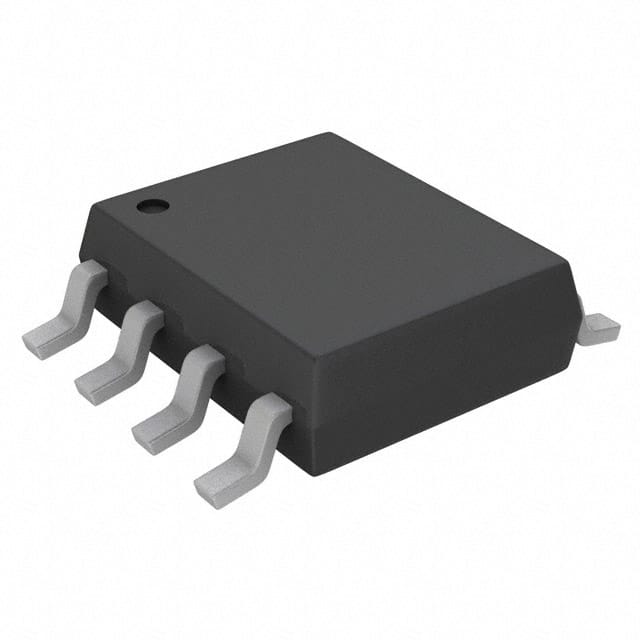TC7W Series, Flip Flops
Results:
2
Manufacturer
Series
Package / Case
Clock Frequency
Operating Temperature
Max Propagation Delay @ V, Max CL
Current - Quiescent (Iq)
Number of Bits per Element
Output Type
Trigger Type
Grade
Mounting Type
Supplier Device Package
Function
Type
Qualification
Voltage - Supply
Number of Elements
Input Capacitance
Current - Output High, Low
Results remaining:2
Applied Filters:
TC7W
About Flip Flops
Flip Flops refer to electronic components used for storing a single bit of digital information in a digital circuit. These flip flops act as elementary memory devices and have multiple inputs, including one or more inputs to convey the data to be stored and another input to indicate the timing for when the data should be stored.
There are different types of flip flops, such as D (delay), SR (Set-Reset), and JK, each with its own unique response to the signals presented to their inputs. These flip flops can be utilized to implement various logical functions within a digital circuit.
Unlike latches, flip flops are edge-sensitive devices. This means that the stored logic state within a flip flop only changes at the moment a valid clock signal is received and triggers an edge transition. This ensures precise timing and synchronization within the digital circuit, as the logic state change occurs precisely when required.
Integrated Circuits (ICs) - Logic - Flip Flops are extensively used in digital systems, such as microprocessors, memory units, and sequential logic circuits. They play a crucial role in storing and manipulating digital information, enabling the proper functioning and operation of digital electronic devices and systems.


